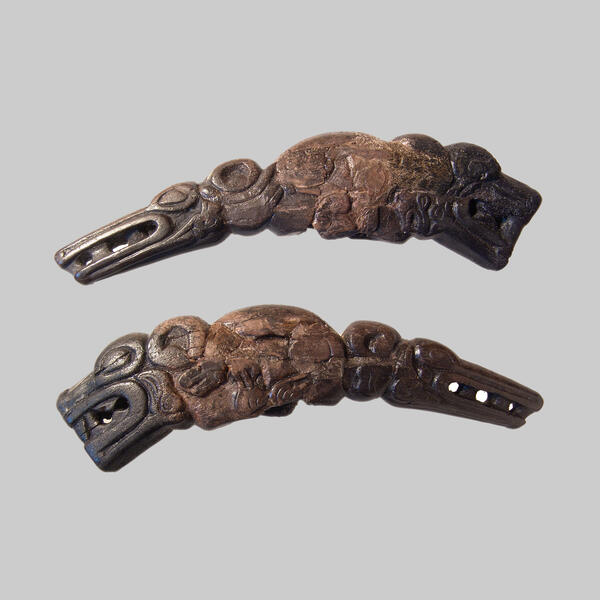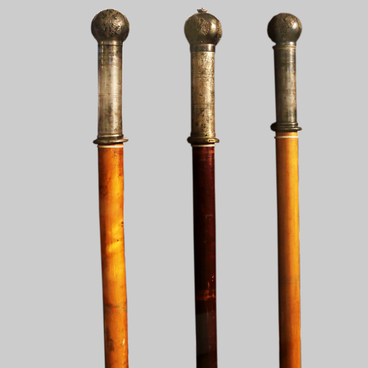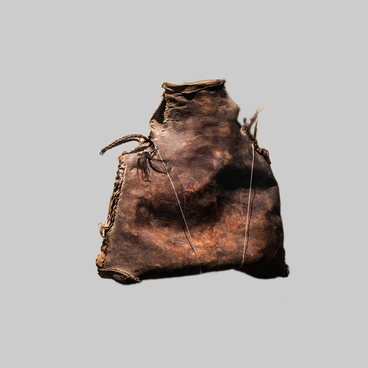The culture of the early Sarmatian era nomads is characterized by animal style art objects, weapon details, and horse tack elements. Animal style is the name used for animal motifs in ancient applied arts and decorations. It emerged from the worship of totem animals by primitive tribal societies. Over time, the images of totem animals lost their sacred, arcane meaning and turned into symbolic ornaments. Examples of animal style were found in Egyptian and Sumerian art already in the 3rd millennium BC. In the 2nd millennium BC, animal motifs were typical for the decorative art of the peoples of Western Asia (Hittites) and Western Iran.
But the most numerous and expressive animal motifs are found in the decorative art created by the Sarmatians and their neighbors, the Scythians, in the 1st millennium BC and the first centuries of our era. The distribution of common elements found throughout the Eurasian Steppe and the adjacent forest steppe belt suggests that animal style originated in the Middle East, near Northern Iran. There is, however, a second theory. It attributes the creation of animal style to the Scythians of the Black Sea region and the Saka tribes of Central Asia.
Some researchers believe that animal style art was connected to the cult of valor, as animal motifs were used by the upper class and were associated with war and magic rituals.
Animal motifs were the most common in weapons, horse gear, and ritual dishes and costumes. Animal style art was distinguished by the ability of images to adapt to various shapes, their orientation in space, and by the combination of realism and stylized images.
The early Scythian-Saka art placed emphasis on the details and distinctive features of animals. This was achieved through the use of sharp lines and, to a much lesser extent, additional details. In the later Scythian-Siberian style, individual parts of an animal’s body were often decorated with additional animal motifs. For example, other animals were sometimes depicted on the thighs or shoulders of ornamental beasts, and their tails and necks were decorated with animal or bird heads.
But the most numerous and expressive animal motifs are found in the decorative art created by the Sarmatians and their neighbors, the Scythians, in the 1st millennium BC and the first centuries of our era. The distribution of common elements found throughout the Eurasian Steppe and the adjacent forest steppe belt suggests that animal style originated in the Middle East, near Northern Iran. There is, however, a second theory. It attributes the creation of animal style to the Scythians of the Black Sea region and the Saka tribes of Central Asia.
Some researchers believe that animal style art was connected to the cult of valor, as animal motifs were used by the upper class and were associated with war and magic rituals.
Animal motifs were the most common in weapons, horse gear, and ritual dishes and costumes. Animal style art was distinguished by the ability of images to adapt to various shapes, their orientation in space, and by the combination of realism and stylized images.
The early Scythian-Saka art placed emphasis on the details and distinctive features of animals. This was achieved through the use of sharp lines and, to a much lesser extent, additional details. In the later Scythian-Siberian style, individual parts of an animal’s body were often decorated with additional animal motifs. For example, other animals were sometimes depicted on the thighs or shoulders of ornamental beasts, and their tails and necks were decorated with animal or bird heads.



